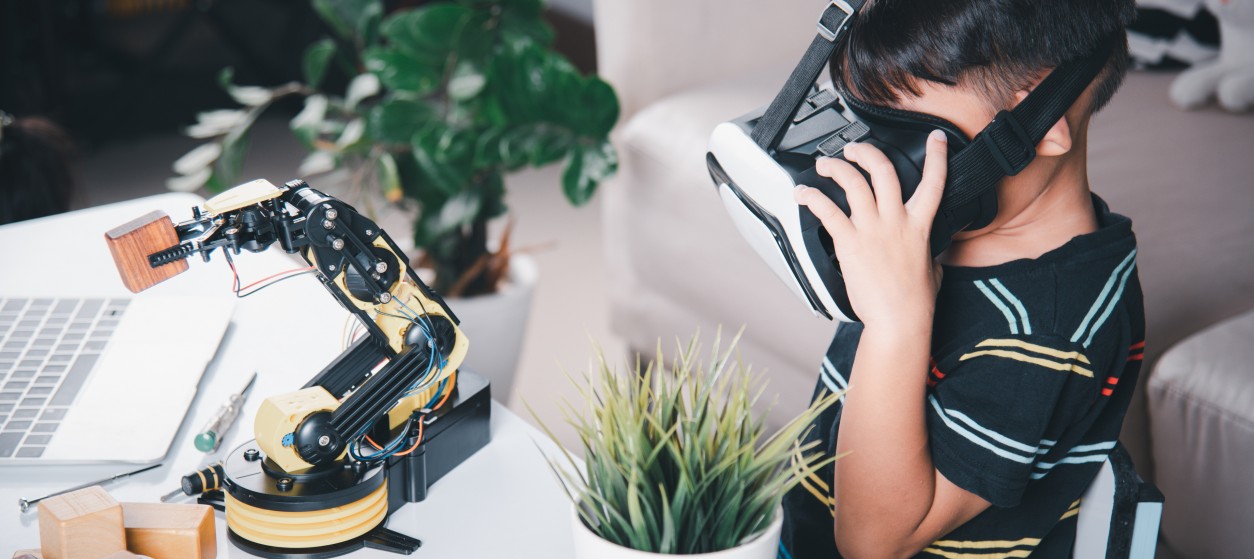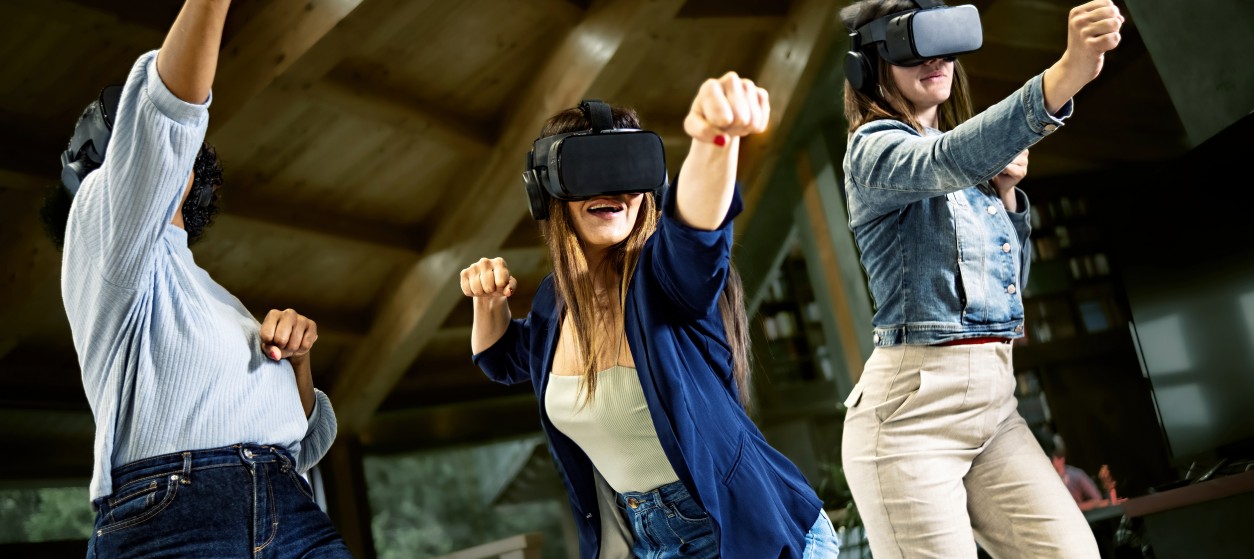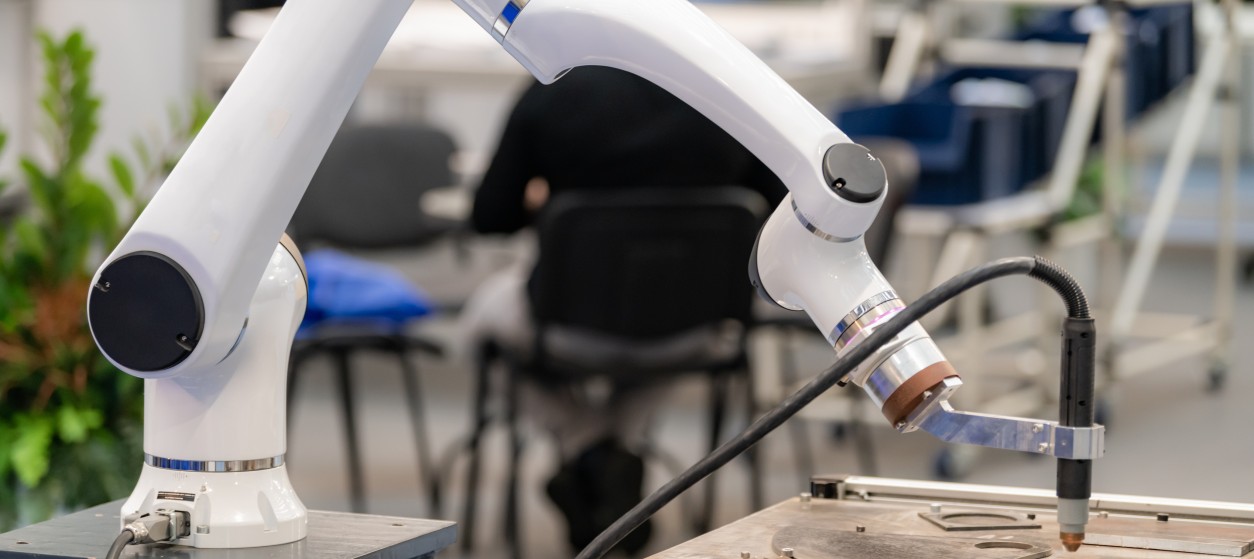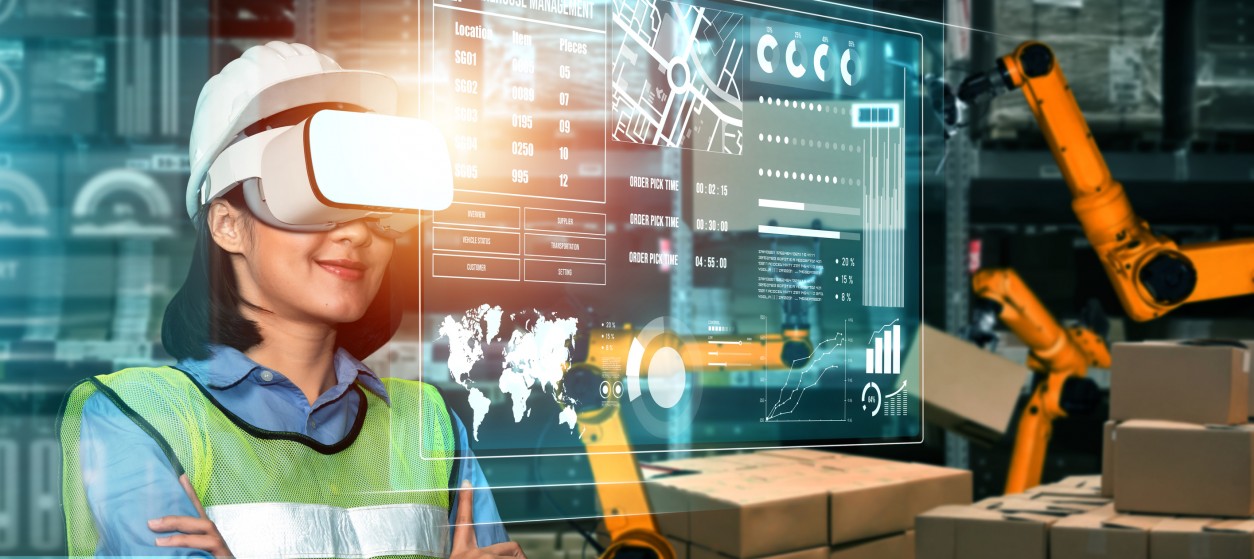In recent years, Virtual Reality (VR) and Augmented Reality (AR) technologies have revolutionized training and education at both academic and professional level. These immersive technologies have opened a host of opportunities for engaging learners in interactive learning experiences. These opportunities span synchronous and asynchronous learning sessions in settings that range from classrooms to learning management systems (LMS). In all these settings, VR and AR technologies empower the development of integral tools for educators and trainers to deliver impactful and effective learning experiences.
AR/VR in Education: Use Cases
One of the most significant use cases of AR and VR in education is the ability to provide students with a hands-on and interactive learning experience. For instance, medical students can practice surgeries in a virtual environment before performing them on real patients. As another prominent example, history students can visit ancient civilizations through virtual tours, making learning history more engaging and memorable. Likewise, VR/AR technologies enable the development of immersive experiences for security officers in ways that replace field training in harsh and unsafe environments. One more use case of VR and AR can be found in science education. In this use case, students can explore complex scientific concepts through immersive simulations, which helps them to grasp abstract ideas in a more tangible way. For instance, chemistry students can visualize chemical reactions in 3D spaces, which can significantly enhance their understanding of molecular structures.
Potential of Immersive Learning with VR and AR
Immersive learning with VR and AR has the potential to transform traditional educational practices. By placing learners in simulated environments, these technologies offer a more engaging and interactive learning experience. Students are no longer passive recipients of information but active participants in the learning process. The interactive nature of VR and AR enables students to explore complex concepts through hands-on experiences. This form of experiential learning enhances retention and comprehension, making learning more effective. Moreover, immersive learning can cater to different learning styles, allowing for personalized and adaptive learning experiences.
Impact of VR And AR on Immersive Learning
VR and AR are revolutionizing the field of immersive learning by providing more engaging, interactive, and effective learning environments. These technologies offer a sense of presence and immersion that traditional teaching methods cannot match. Students can interact with virtual objects, manipulate simulations, and collaborate with peers in a virtual space, which enhances their learning experience. Moreover, in the eLearning sector, VR and AR have become key components of online learning platforms. Immersive technologies are increasingly integrated into eLearning courses to enable educators to create more engaging and interactive content. For example, language learners can practice conversational skills with virtual avatars, while engineering students can explore complex machinery based on interactive 3D models.
Immersive Learning & Training in Professional Contexts
In professional training and human resources contexts, immersive learning is gradually becoming a valuable tool for upskilling and reskilling employees. VR and AR simulations can provide hands-on training in a safe and controlled environment, which reduces the risks associated with on-the-job training. For example, employees in hazardous industries can undergo safety training through virtual simulations, which prepares them for real-world scenarios without safety risks.
Human resources departments are also leveraging VR and AR for recruitment and onboarding processes. Virtual job fairs, assessment centers, and virtual office tours are becoming popular ways to attract talent and acclimate new hires to company culture. Based on the above-listed immersive technologies, organizations can offer a unique and engaging experience to potential candidates and employees.
Benefits of Immersive Learning in Education
The benefits of immersive learning in education are manifold. First and foremost, immersive learning enhances student engagement and motivation. using interactive and immersive learning experiences, educators can capture students’ interest and foster a desire for learning. Additionally, immersive learning improves information retention and comprehension by appealing to different senses and learning styles. Also, immersive learning promotes critical thinking and problem-solving skills. Students are encouraged to explore, experiment, and collaborate in virtual environments, enhancing their cognitive abilities. The engagement of students in real-world scenarios through VR and AR simulations is a key to preparing them for practical applications of knowledge and skills in their future careers.
XR and VR Evaluation Aspects
Evaluating the positive effects of Virtual Reality (VR) and Augmented Reality (AR) in education and training requires a multifaceted approach aimed at assessing various aspects of the learning experience. One key method is to measure engagement levels through student participation and interaction with VR and AR content. Tracking metrics such as session duration, completion rates, and user feedback can provide insights into the effectiveness of these technologies in capturing students’ attention and maintaining their engagement.
The assessment of learning outcomes is another crucial aspect of evaluating the positive effects of VR/AR in education and training. This involves a comparison of pre- and post-implementation performance data to enable educators to understand and determine the impact of immersive technologies on knowledge retention, comprehension, and skill acquisition. It is also recommended to conduct surveys, quizzes, or assessments within the VR/AR environment in order to gauge learning outcomes and identify areas for improvement.
Note also that qualitative feedback from students and educators can be also valuable in evaluating the perceived benefits of VR/AR in education and training. In this direction, surveys, focus groups, and interviews can provide insights into users’ experiences, preferences, and suggestions for enhancing the learning process with immersive technologies. The combination of quantitative data and qualitative feedback provides a sound basis for a comprehensive evaluation of the positive effects of VR/AR in education and training.
Overall, Virtual Reality and Augmented Reality in eLearning and traditional education have revolutionized the field of immersive learning, offering unparalleled opportunities for engaging and interactive educational experiences. From classroom learning to professional training, VR and AR technologies are shaping the future of education by providing immersive, personalized, and effective learning experiences. Modern industrial organizations have no other option than to understand how VR and AR Are impacting Immersive Learning and ton invest on VR/AR potential to transform education and training.











whoah this blog is great i love reading your articles. Keep up the great work! You know, many people are looking around for this info, you could help them greatly.
https://www.smortergiremal.com/